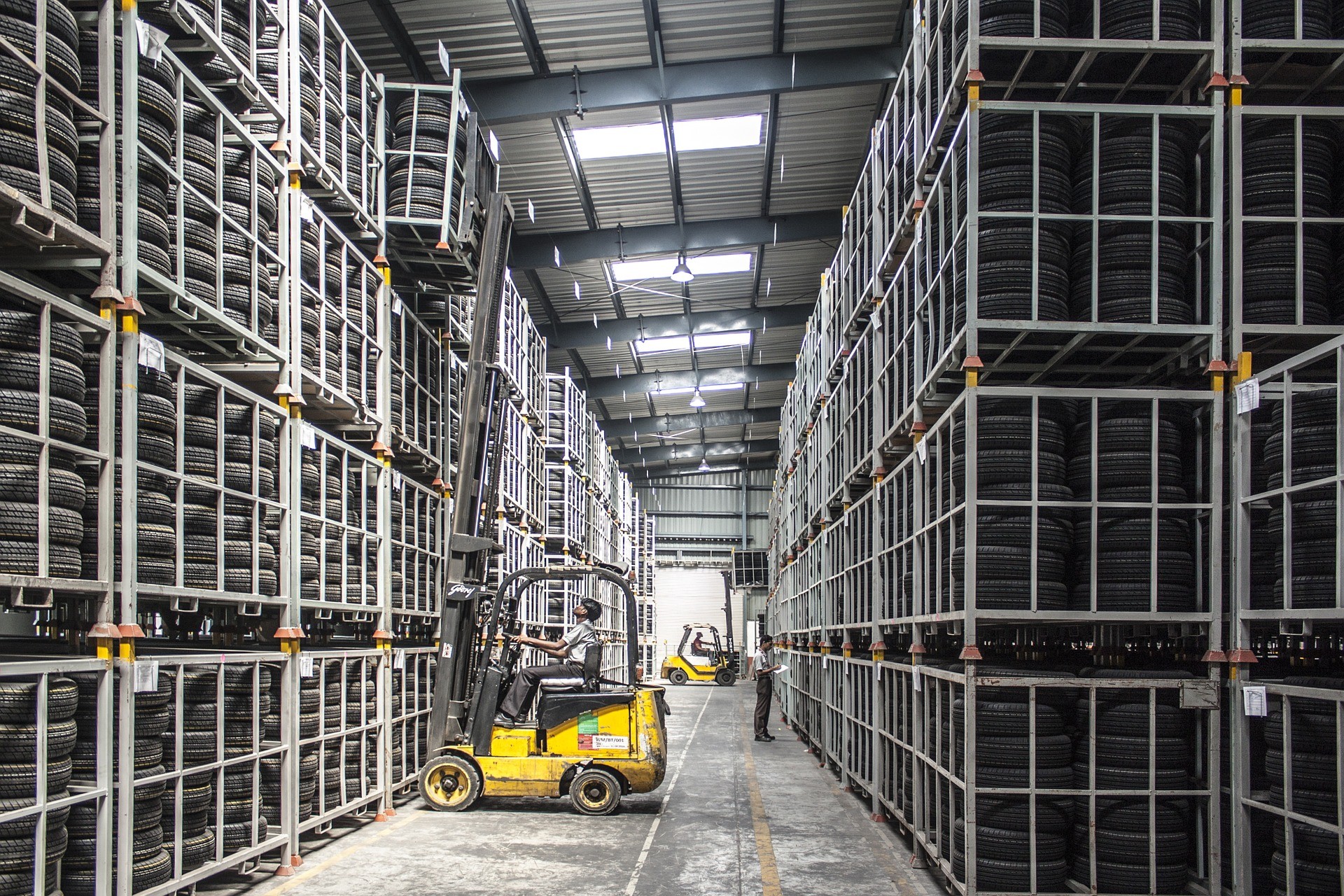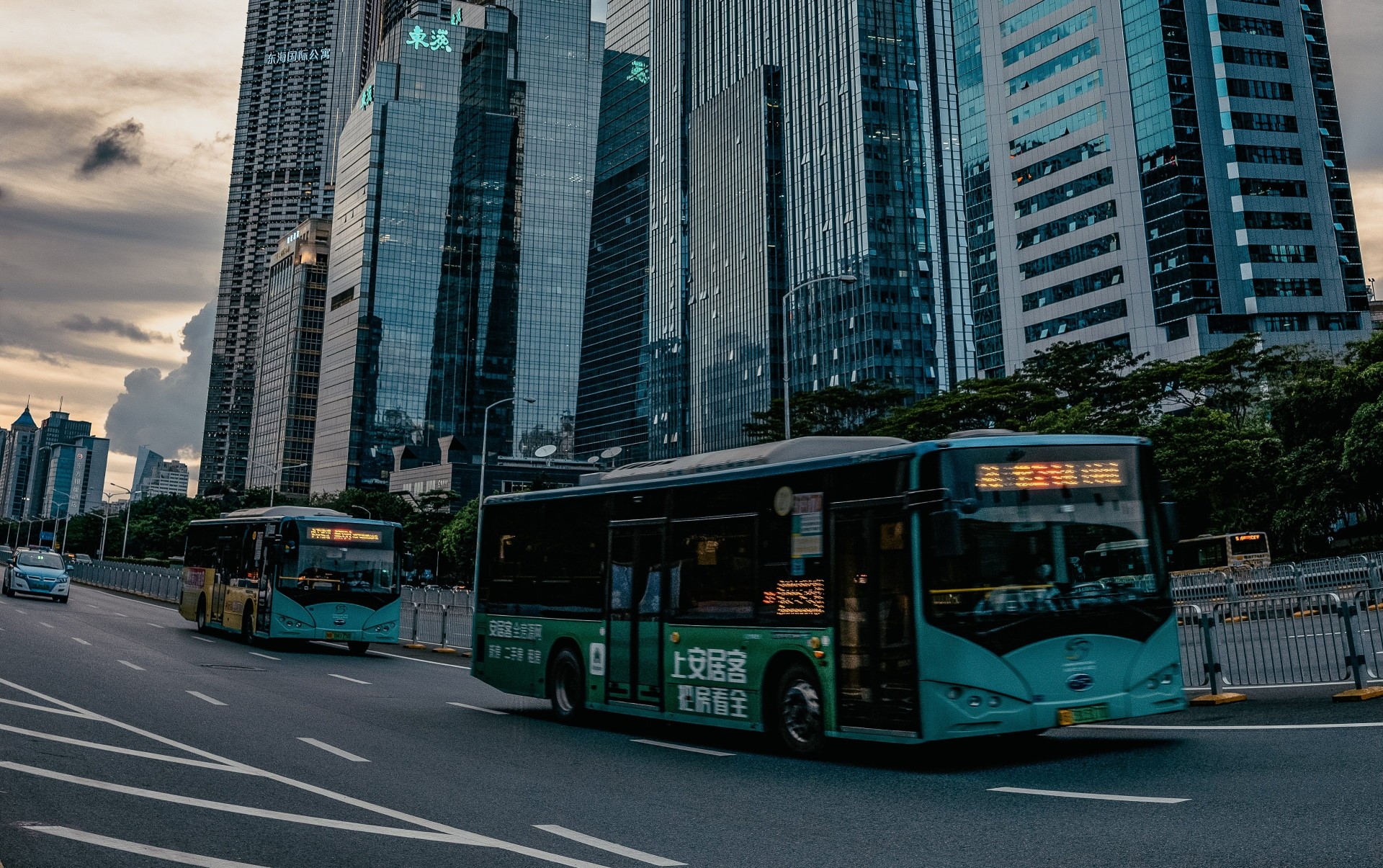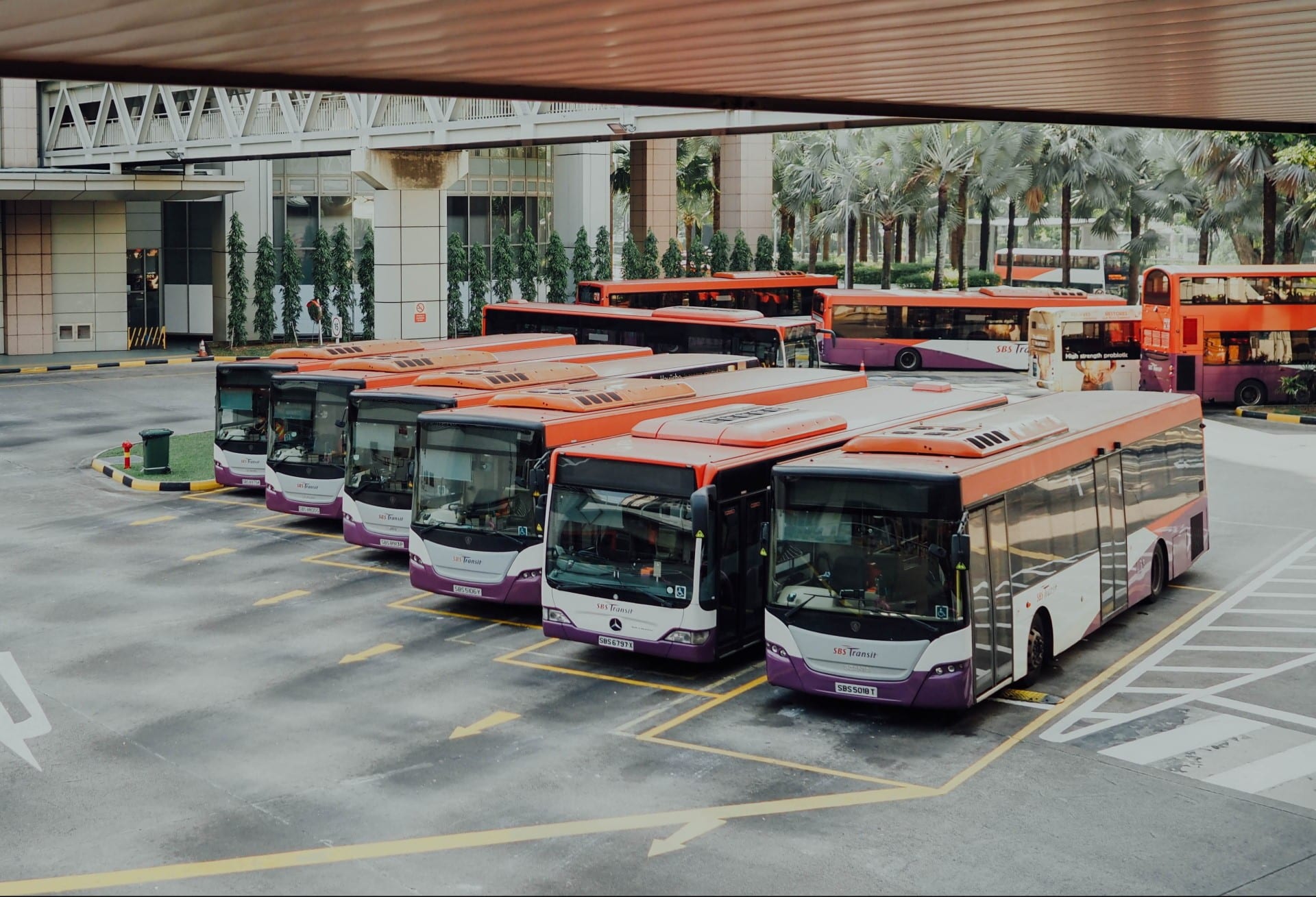Power take-off (PTO) is a crucial device used to transfer mechanical power from vehicle engines to other pieces of equipment. It is adopted in a wide range of industries and sectors, such as forestry, energy, winter operations, waste management and many more. It allows the vehicle’s add-on equipment to extract and receive power from the vehicle’s host energy sources without installing an external energy source.
Many fleet managers and asset operators favour PTO as an efficient and reliable way of attaching additional equipment and machinery to the vehicle, which helps them complete demanding tasks and dramatically expand vehicle utility. As a telematics company, we pride ourselves on using an innovative approach to derive changes and outcomes and we decided to give PTO a magical refresh and update. Our approach focuses on helping you extract the most information from PTO systems, which empower your operation to unmatched efficiency and drives down costs.
The GoFleet Way of Mastering the Power Take-Off (PTO) System
Our IOX-AUX Harness links auxiliary sensors to our industry-leading fleet tracking systems, which enable operators and fleet managers to access information that they previously could not see. The IOX-AUX facilitates advanced sensor monitoring, enabling fleet managers and operators to view the real-time status and activities of the PTO. Fleet managers are also able to set up exception rules in the system to restrict and monitor operators’ behaviours, and any violation will trigger alerts, which immediately notify fleet managers to take appropriate actions. One of the most useful capabilities of PTO integration is that the system can organize PTO sensor data and formulate detailed reports at the end of the operations, which inform fleet managers about any event or violation that took place during the operation. These reports are also extremely valuable and helpful to fleet managers when preparing and submitting fleet management reports to the corporation’s executive team. Being able to extract more data and insights from the PTO system simply gives businesses a leading-edge over its competitors as these pieces of information can help fleet managers and executive teams better optimize the operation through a data-driven approach.
Talking about system expandability, we want to offer you the most choices out of competitors. That’s why our IOX-AUX harness supports up to 4 digital inputs each. With two IOX-AUX, you can monitor up to 8 inputs at any time. If you have multiple sensors or inputs needed to track on a vehicle, you now have the complete freedom and control to do so. For example, fire truck operators or fleet managers may want to monitor sirens, fire pumps and aerial ladder activities simultaneously. It is vital for them to have access to all parts’ status and real-time information at one intuitive software interface, especially during an emergency operation. This poses stringent standards for the telematics solution as fleet managers and operators demand a high level of connectivity and integration, which allows them to monitor every component and part of the fire truck. Our solution, which supports up to 8 inputs, can handle these kinds of tasks with ease. No matter which part you want to track and monitor, you can link them with the vehicle onboard GPS tracking system through IOX-AUX to experience a streamlined workflow.
When you are ready to go, we also want to make sure the installation process of IOX-AUX is simple, easy and problem-free. Our plug-and-play installation process guarantees that your entire system will be up and running in under a few hours. The USB connector of the IOX-AUX connector plugs right into the GPS tracking device, and you just need to connect the desired auxiliaries to the IOX-AUX wire as needed. There is no complex configuration or additional hardware required, and the installation process is easy enough where you can self-install and set them up by following our step-by-step instructions.
Economic Returns of Using Power Take-Off Device
Did you know that you may be qualified for a refund if you paid tax on fuel used in Ontario to operate power take-off equipment? If your fleet qualified for the requirements listed below, you could apply for a power take-off tax refund:
- The vehicle is licensed to operate under the Highway Traffic Act
- The use of the auxiliary equipment occurs in Ontario
- The motor vehicle is not used to transport passengers
- The auxiliary equipment is powered using the same power source that is used to power the vehicle
- No use of the power from the auxiliary equipment to drive the vehicle
- No use of the auxiliary equipment for personal use, pleasure or recreation
- Have paid fuel tax to Ontario
A refund request must be filed and received by the Ministry of Finance within four years of paying the fuel tax. Remember that your fleet needs to meet all the above conditions to get a power take-off tax refund, and the exact amount of refund will be determined and calculated based on the vehicles’ total distance travelled in Ontario.
DISCLAIMER: Before placing the information contained within this article in your fleet strategy, it is always recommended that you perform your own research and speak to the appropriate individuals to ensure it is right for you.
Q&A of Tax Refund for A Power Take-Off
Question: How is the refund being calculated?
Answer:
Calculating A Refund – PTO Activity Before July 1, 2017
There are two ways to measure the fuel used during the PTO operations; you may use either one of the below:
- Readings from meters or electronic control modules that measure the fuel supplied to the auxiliary equipment
- Set allowances approved by the ministry for different kinds of PTO operations, based on information from equipment manufacturers
You may need to contact the ministry to confirm if there is an approved allowance for your equipment.
Calculating A Refund – PTO Activity After July 1, 2017
Starting from July 1, 2017, the PTO refund is calculated by applying a pre-determined percentage allowance against the total fuel disbursed to the licensed vehicle containing the qualifying auxiliary equipment.
You can find the PTO allowance chart on the Ontario Ministry of Finance website, which outlines in detail what the allowance is for different PTO activity types.
For Inter-jurisdictional Carriers
For inter-jurisdictional carriers, the refund is calculated based on the vehicle’s total distance travelled in Ontario during the claim period. The following example will help you better understand how the refund portion is calculated.
An IFTA licensed carrier (carrier licensed under the International Fuel Tax Agreement) reports a total distance of 10,000 km in all jurisdictions, of which 2,000 km represents the distance travelled in Ontario. While in Ontario, the carrier uses fuel to operate PTO equipment. The tax rate on the fuel used is 14.3 cents per litre. Based on the ministry approved allowance, it was determined that PTO activity accounts for 1,000 litres of fuel.
The carrier calculates the Ontario PTO tax refund as follows:
- Calculate the percentage of Ontario travel out of the total travelled distance
2,000 km ÷ 10,000km = 20%
- Use the PTO litres to multiply the proportion of distance travelled in Ontario
1,000 litres x 20% = 200 litres
- Then, multiply the result above by the tax rate to arrive at the refund portion
200 litres x $0.143 = $28.60
Question: How and where can I apply for the refund?
Answer:
- You need to download and complete the application form online, which can be found on the Ontario Ministry of Finance website
- Read the accompanying guides, which help you navigate through the application
- Mail the completed application and all supporting documents to the Ministry. Make sure to keep one copy for your records. You can find the mailing address on the Ontario Ministry of Finance website
Question: What kinds of supporting documents do I need to provide?
Answer:
For Refunds Under $500
You do not need to send in supporting documents with your application if the total of all refunds for a calendar year does not exceed $500. However, you will still need to keep your records for seven years in case the Ministry audits you.
For Refunds Over $500
You need to submit accurate and verifiable records of your fuel purchases along with your application to support a PTO refund claim. The invoice must show the following information:
- The name and address of the seller
- The selling price per litre
- The amount of tax charged
- The quantity of product purchased
- The date of the sale
You also need to submit copies of proof of payment such as the account statement and cancelled cheque along with the receipted invoice.
For PTO Claims on or After July 1, 2017
For PTO claims on or after July 1, 2017, additional documents are required:
- A monthly summary of all fuel issues covering the entire claim period
- Entries broken down by each licensed vehicle included in the claim
- Based on verifiable information that may include inventory reconciliation reports from bulk storage facilities, daily disbursement logs, receipts from retail fuel outlets and issue tickets from card lock systems
Similarly, you are responsible for keeping all the records for seven years after you apply. If the Ministry selects you for an audit, you are required to present all the relevant records.
Question: How to claim the refund?
Answer:
The fastest way for you to receive your tax refund is by signing up for direct deposit. It’s an easy and secure way to receive refunds or rebate. You can fill out the direct deposit authorization form on the Ontario Ministry of Finance website and include it in the submission package.
All the information presented here is for informational purposes. At this moment, GoFleet cannot advise you on finance-related questions nor responsible for any issue related to the topic. We encourage your business to consult with a professional financial consultant to determine eligibility for the PTO tax refunds and discuss in detail how to apply. For more information, we recommend visiting the Ontario Ministry of Finance website to discover the more information on this topic. To learn more about the IOX-AUX harness and supporting accessories connecting to the PTO system, contact us today as our industry-specific experts at GoFleet will be happy to discuss with you in further detail.



